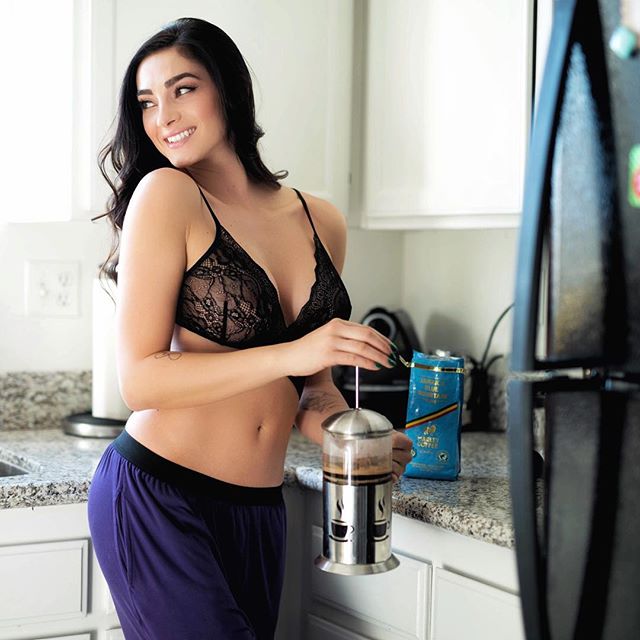In album: http://www.dermayouth.org/bust-pro
The final shape of the breast mound will take many months to finish healing. In some cases, a permanent tissue expander is placed under the chest muscles. This type of implant requires that only the valve is removed (under local or general anesthetic) when the breast has achieved its desired shape and size. The drawbacks in using this prosthesis include the inability of the doctor to further refine the breast after the expansion has taken place either by altering the position of the prosthesis, repositioning the lower breast crease, or by substituting another implant. For those women who lack sufficient quantities of tissue despite tissue expansion, or those with poor quality tissues left after the mastectomy, healthy and plentiful skin, fat and muscle from other areas of the body can be transferred to the chest (tissue transfer). Tissue Transfer Areas of the breast that could not be rebuilt by the previous methods can be filled in and/or recontoured using tissues from the upper back, abdomen or buttocks (tissue transfer). One of the tissue transfer procedures rotates the back (latissimus dorsi) muscle to the mastectomy site. The muscle carries the overlying fat and skin which is maneuvered into its new position on the upper chest. Still attached to its original blood supply, this blend of tissues can build up the hollows created by some radical mastectomy operations. This enables a prosthesis to be inserted, thus reconstructing the breast mound. The transferred portion of muscle and skin does not leave behind a significant deformity or weakness of the back. It does, however, add a scar to the upper back which some women may object to. The Transverse Rectus Abdominis flap (TRAM) is a blend of tissues taken from the abdomen or lower portion of the belly. This, too, relies on a blood supply still attached to the muscle. Portions of fat, muscle and skin are transferred to the upper chest leaving behind a long lower abdominal scar. Unlike the other procedures, a prosthesis is not always needed if this tissue transfer method is used, as the lower abdomen usually has more than ample amounts of fat and skin to build the breast mound. But do not be misled--more is not always better, and the fat in this region must be firm. Illnesses such as diabetes or vascular disease, and even having had prior operations on the abdomen, can prevent you from being a suitable candidate for this type of reconstruction. A third tissue transfer method uses portions of tissue from the buttocks. http://www.dermayouth.org/bust-pro
12393702 797746747038594 94323242 n
http://www.dermayouth.org/bust-pro
Comments
 Add Comment
Add Comment
Please login to add comments!



